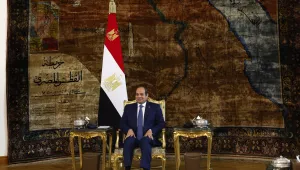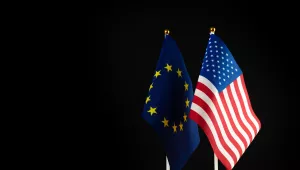Summary
The paper provides a detailed analysis of the contemporary Sino-Indian conventional ground and nuclear force balances and carefully reconstructs how mutual developments in these areas are perceived by both New Delhi and Beijing.
It makes three principal policy recommendations for India and China. Firstly, Beijing and New Delhi should institute Army HQ-level and theater-level military hotlines. Such communication channels would help correct potential misinterpretations between Indian and Chinese defense policymakers.
Secondly, the rivals should establish a comprehensive strategic and nuclear dialogue. This would involve processes to explain their respective nuclear and conventional doctrinal policies, describe their force posturing intentions, and discuss potential procedures for prenotification of missile tests and major military exercises.
Finally, as the stronger power, China should recognize how its far-reaching border incursions and construction programs in disputed areas elevate Indian threat perceptions. Beijing should unilaterally cease such activities to help lower bilateral tensions.
O'Donnell, Frank. “Stabilizing Sino-Indian Security Relations: Managing the Strategic Rivalry After Doklam.” Carnegie-Tsinghua Center for Global Policy, June 21, 2018
The full text of this publication is available via Carnegie-Tsinghua Center for Global Policy.




